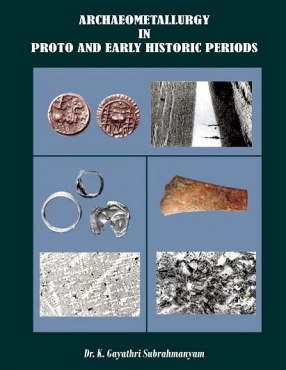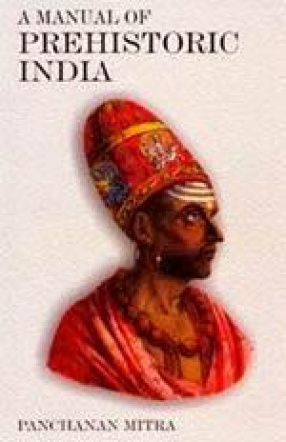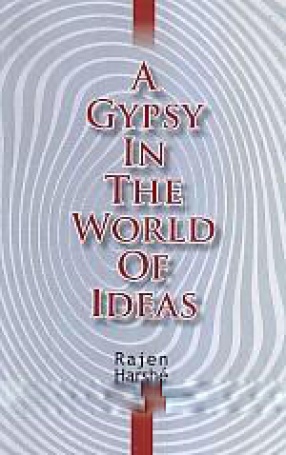The Archaeological Excavations of many pre-proto and early historic sites by the State Department of Archaeology and Museum brought to light a number of metal objects including iron objects as grave goods from megalithic burials. Very few number of copper objects were recovered from neo Chalcolithic sites.Ex:- Budigapalli, Chinnamaruru , Guthikonda , Hulikal, Karapakala, Polkonda etc., places. A sequence of Neo Chalcolithic culture with an overlap of Iron Age is unique in this region of south India. Iron Age is represented more prominently by the megalithic burials in the Andhra Pradesh. Stratigraphic ally, the megalithic phase over laps the earlier Neolithic phase and Iron Age cultures was followed by early historical cultures. From the very few available C14 dates it can be deduced that the origin of Iron Age cultures in this region was around 1100 to 1000 BC, along with megalithism and iron making technology. This phase continued up to early historical levels. Prior to this abundant availability of iron ore gave scope for the development of iron tool making. The scientific studies of these archaeological metal finds were not carried out even though the archaeological reports appeared in the form of mono graphs, annual and PhD thesis publications. Hence, an attempt was made to study the metal tool manufacturing technology through Archaeometallurgical studies. The evidence of the earlier iron smelting in this part of south India is supporting the indigenous origin theory of iron making technology. The present study revealed that iron entered the productive system of India by C.1000 BC.
Archaeometallurgy in Proto and Early Historic Periods
In stock
Free & Quick Delivery Worldwide
reviews
Bibliographic information
Title
Archaeometallurgy in Proto and Early Historic Periods
Author
Edition
1st.ed.
Publisher
Bharatiya Kala Prakashan, 2013
ISBN
9788180903441
Subjects





There are no reviews yet.